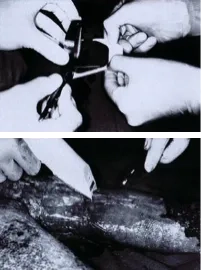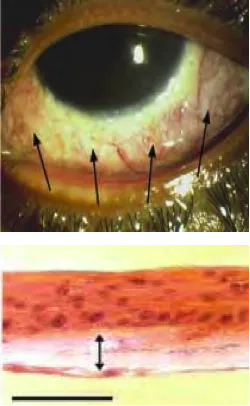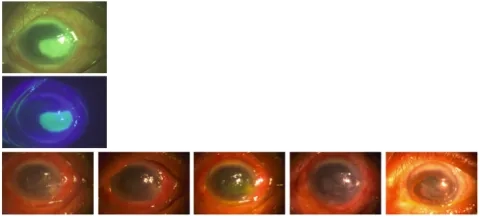Main navigation
About Cord Lining Epithelial Stem Cells (CLEpSCs)
CLEpSCs are pluripotent, which means they can turn into many different types of epithelial cells. CLEpSCs are considered a key resource for epidermal and skin regeneration as they have demonstrated their potential in the treatment of skin wounds, ocular surface disorders, and eyes with persistent corneal epithelial defect.
EpSC Clinical Trials – Global Institutions
| Diseases | Names of Universities or Research Institutions |
|---|---|
| Skin wound | Singapore General Hospital Burn Centre |
| Ocular surface disorders | Singapore Eye Research Centre Kyoto Prefectural University of Medicine, Japan |
| Persistent corneal epithelial defect | Vietnam National Institute of Ophthalmology |
EC, EpSC or CLEpSC Application Reports
EpSCs and Wound Healing

Treatment trial was conducted by Singapore General Hospital, Burn Centre.
8 patients with 10 skin wounds were treated with autologous and allogenic skin epithelium (keratinocytes) cultured and transplanted with polymer dressing aid.
Rapid re-epithelialization, closure and healing of wounds were observed.
Source: Tay AG et al. Cultured subconfluent keratinocytes on wound polymer dressings in the treatment of burns and chronic wounds. Wounds 2000 12(5):127-133.
EpSCs and Ocular Surface Disorders

Treatment trial was conducted by Singapore Eye Research Centre.
7 patients in Singapore with various ocular surface disorders received treatment.
Autologous harvesting and cultivation of conjunctival epithelial stem cells were used.
Transplantation of cultured stem cells on human amniotic membrane.
All patients fully recovered: disease resolution and complication free.
Source: Tan DT et al. Reconstruction of the ocular surface by transplantation of a serum-free derived cultivated conjunctival epithelial equivalent. Transplantation 2004 77(11): 1729-1734.
EpSCs and Persistent Epithelial Defect

Treatment trial was conducted by National Eye Institute, Hanoi, Vietnam.
Cord lining EpSC were transplanted in 31 eyes with persistent epithelial defect
29 out of 31 eyes (93.5%) healed with a single EpSC transplant.
Normal corneal healing was observed in all 29 cases with 3-27 months follow up.
Source: Department of Cornea and External Diseases , National Eye Institute, Hanoi, Vietnam
